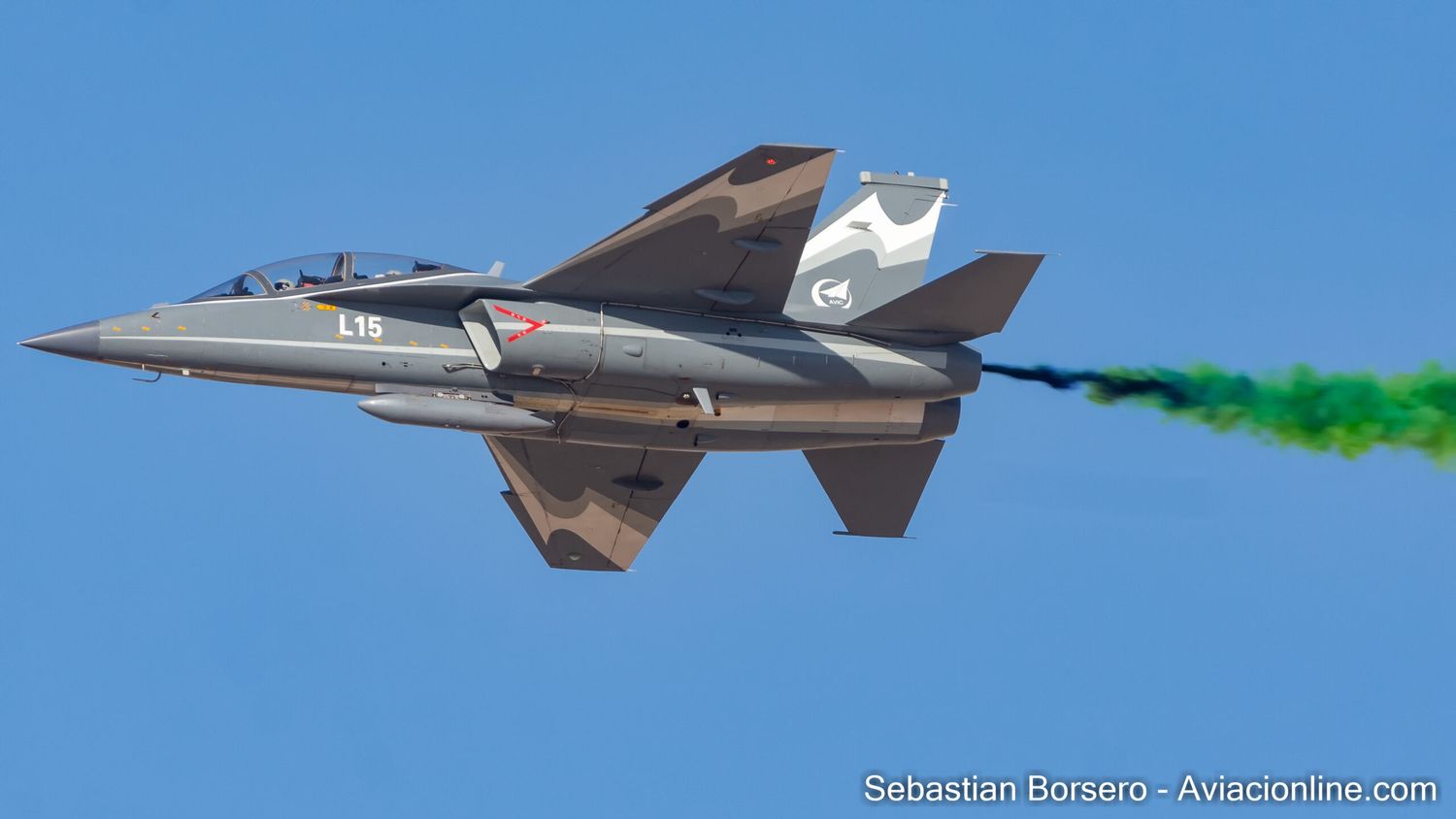During the International Defense Exhibition and Conference (IDEX 2023) being held in Abu Dhabi, CATIC was able to close the sale of the L-15 advanced trainer for the United Arab Emirates Air Force.
The United Arab Emirates (UAE) Ministry of Defense had announced a year ago that it intended to contract with China’s CATIC for the purchase of 12 L-15 advanced trainer aircraft, with the option for another 36 aircraft of the same model in the future, and that deal was finally closed at IDEX 2023.

The L15 can be used to train fourth- and fifth-generation fighter pilots, or it can also carry out air-to-air combat and ground attack missions, according to an AVIC press release quoted by Chinese state-run news outlet Global Times,
Operational in China’s People’s Liberation Army Air Force (PLAAF) under the designation JL-10, this advanced trainer with fly-by-wire flight control system and high maneuverability represents the final stepping stone for future Chinese fighter pilots to master before heading to their respective units for operational conversion of models such as the J-10, Su-30, J-11, J-16 and J-20.
China takes the place left by the U.S.
The exhibition of Chinese defense products in Abu Dhabi was packed, which included mock-ups of advanced weapons systems such as the Y-20 strategic transport aircraft (which features the YU-20 tanker version) and the FC-31 naval stealth fighter, as well as high-performance drones such as the Wing Loong 10A.
#JustIn: China has signed a contract with the UAE to export L15 advanced trainer jets: Aviation Industry Corporation of China pic.twitter.com/U4Hyq2aVke
— Global Times (@globaltimesnews) February 21, 2023
The UAE Armed Forces have a tradition of diversifying their suppliers, having in their arsenals weapons systems of American, European (particularly French) and even Russian origin, but until a few years ago, the possibility of buying advanced weaponry from China would have been unlikely, given the historically strong ties between Abu Dhabi and Washington. But things are changing.
On the one hand, the US has been abandoning the geopolitical scenario of the Middle East to focus its efforts on containing Chinese expansion, particularly in the Pacific.
On the other hand, a breakdown in relations between the United States and the Emirate was generated by the lack of a positive response to the order for the purchase of Lockheed Martin F-35 fighters (which included MQ-9B Sky/Sea Guardian drones and a monstrous package of associated weaponry); aggravated by the Biden administration’s demands that the UAE withdraw Huawei Technologies Co. from its 5G telecommunications network and take other measures to distance itself from China.
Chinese investments in the Persian Gulf state are considerable, growing year on year, and this distancing from the U.S. is one that Beijing wants to take advantage of to fill the vacant spot as the UAE’s main geostrategic partner, and as a firm bridgehead to establish its presence in the region.
And few things generate enduring geostrategic ties between two nations like the purchase/sale of advanced weaponry and its associated security arrangements.


Comentarios
Para comentar, debés estar registrado
Por favor, iniciá sesión